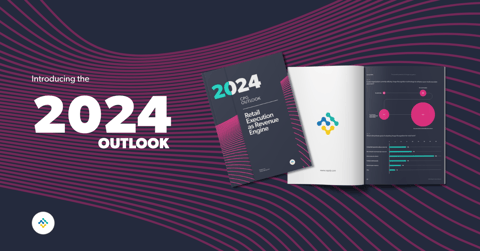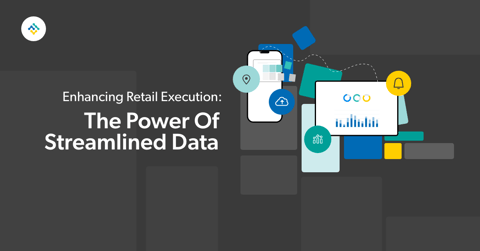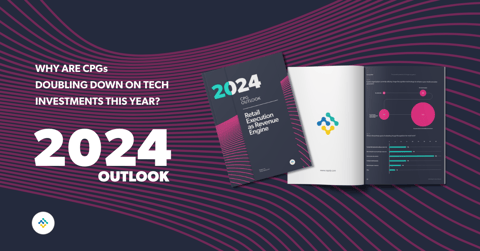When a field team is born, more often than not it’s an experiment -- just a few hardworking go-getters without a ton of resources. In those early days, generic business tools like Google Docs, Excel, WhatsApp and Outlook reigned supreme. And why not? They’re cheap (if not free), and just about everyone already knows how to use them.
As field teams mature, however, they start to outgrow those generic tools. They add more reps, and collaborate to support more products and promotions in more stores in more territories. It’s no surprise, then, that they start to demand more from their business tools. As field teams scale up, continuing to use generic software actually holds them back, creating inefficiencies that prevent otherwise effective teams from becoming true high performers at retail.
In this post, we break down four ways generic tools are hurting CPG field teams, and offer a few fixes to help brands achieve high performance in the field.
1. Multiple Data Sources Take Too Much Time to Reconcile
With dozens of reps visiting hundreds of stores every day, growing teams have a dizzying amount of information to keep track of: from store-level stock levels and display compliance to each rep’s time and mileage reports. With only generic tools at their disposal, far too many teams report and store all of this data in a patchwork of spreadsheets, email write ups, and message threads.
As teams scale up this becomes an organizational nightmare -- it can take managers hours to find and dig out the details they need to run basic reports. Forget big-picture trend analysis, generic business tools make it difficult to answer simple questions about your team’s KPIs in the field.
2. Generic Tools Slow Down Communication From the Field
Real-time communication between team managers and their reps in the field is critical to identifying problems and taking advantage of opportunities within your accounts. But if managers can’t track their key performance indicators in real-time, there’s no way they can give their reps feedback or instruction while they’re still in the store. Apps like WhatsApp and GroupMe can send messages in realtime, but teams can only communicate as quickly as they can get insights out of the field.
What’s more, with generic messaging apps conversations happen in a silo -- they’re not connected to the data in the field that can tell managers specifically when it’s important to start a conversation in the first place.
Combining cloud-based reporting from the field with real-time communication functions, like commenting and messaging, into a single solution gives managers the context and the tools they need to optimize communication with the field.
3. Patchwork Reports Hide Valuable Insights
As the saying goes, a picture is worth 1,000 words. But when you’re looking for insights that will help your team drive results across hundreds of stores, neither pictures or words are quite effective enough at delivering actionable insights. Teams that operate at scale need measurable data. That’s easier said than done, however. Qualitative data -- often captured in reps’ visit-by-visit writeups -- is still valuable in the short term, providing a snapshot of what’s going on at the store level.
As a result, growing teams often ask their reps to fill out multiple reports, one to capture the qualitative details about their visit (perhaps via email), and another to file key metrics (perhaps in Excel). Or worse, they prioritize just one type of data over the other. This is where generic tools fail -- they force teams to choose between qualitative reports and quantitative insights.
Purpose-built retail execution tools capture these two types of data at the same time -- limiting the amount of work reps have to do in the field while giving managers access to both real-time visibility and long-term trend analysis.
4. Generic Tools Make Big-Picture Reporting a Nightmare
Beyond the daily reports that help team managers see what’s happening in the field, big picture reporting helps brands zoom out and understand what kind of impact their campaigns and activities are having on their territories. Big picture reports help brands answer questions like: What percent of our promotions were executed correctly this quarter? What impact have we had on grocery sales in the Pacific Northwest? Where are our biggest opportunities for chain expansion? The answers to all of these questions are clearly valuable, but for teams that rely on generic business tools, finding the answers is nearly impossible.
These big picture questions are so difficult for growing teams because the answers come from a handful of different data sources: retailer sales data, photos of displays, anecdotes from store managers, reps’ visit reports, etc. When the list of software your team uses to store this data is just as long, actually pulling together the data can take days.
Finding a solution that brings all of your data from the field together makes reporting considerably easier, and can save teams hundreds of hours a week. For one cosmetics company, simply replacing email reports with a digital data collection tool cut reporting time by 88%.




